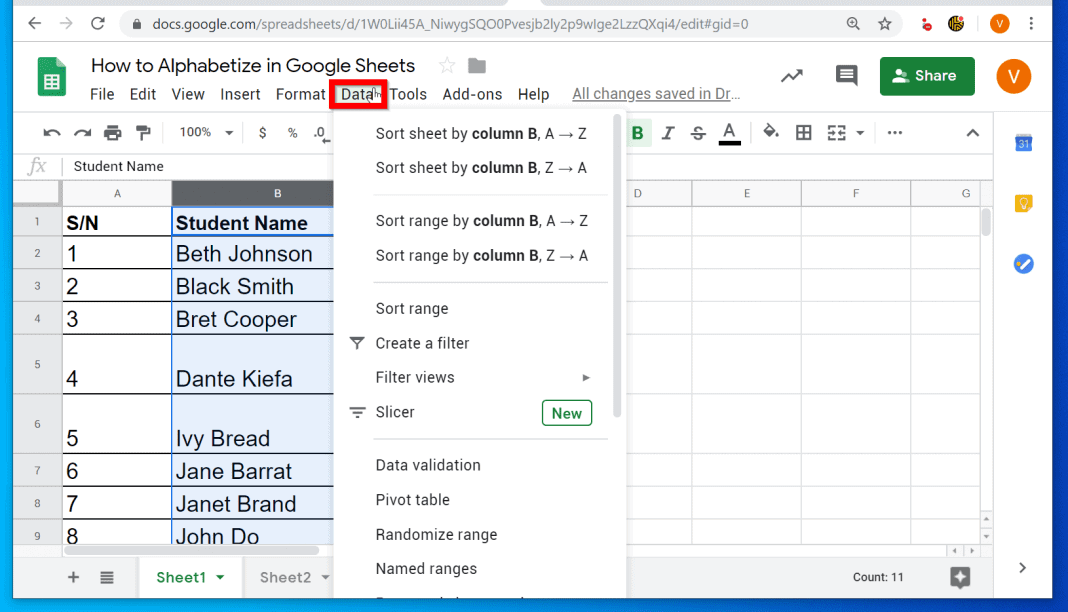

The main keywords exist within the title of the HTML page, representing the whole page. Sometimes you want to filter out the documents based on HTML page titles. You will get specific results with the username mentioned in it - all you need to do is provide the right keyword.

So, to narrow down your file search, you be more specific with the type of file you use with this syntax: allintext:username filetype:log You will get all types of log files, but you still need to find the right one from thousands of logs. To access simple log files, use the following syntax: filetype:log If you are a developer, you can go for the log files, allowing them to keep track easily by applying the right filter.
Use google sheet with dsync pdf#
For example, you can apply a filter just to retrieve PDF files. This is one of the most important Dorking options as it filters out the most important files from several files. You will get all the pages with the above keywords.

Suppose you want to look for the pages with keywords “username” and “password:” you can use the following query. So, make sure you use the right keywords or else you can miss important information. Google will consider all the keywords and provide all the pages in the result. All the keywords will be separated using a single space between them. If you want to use multiple keywords, then you can use allintext. You can use the following syntax for a single keyword. Second, you can look for multiple keywords. First, you can provide a single keyword in the results. To find a specific text from a webpage, you can use the intext command in two ways. Once you get the output, you can see that the keyword will be highlighted. You can also use keywords in our search results, such as ‘xyz’, as shown in the below query. Once you run the command, you may find multiple results related to that. The result may vary depending on the updates from Google. You can use the following syntax for any random website to check the data. Some developers use cache to store information for their testing purpose that can be changed with new changes to the website. This cache holds much useful information that the developers can use. Google stores some data in its cache, such as current and previous versions of the websites. Google Dorking Commands Cache CommandĪ cache is a metadata that speeds up the page search process. This Google hacking cheat sheet will help you carry out Google Dorking commands and access hidden information. Primarily, ethical hackers use this method to query the search engine and find crucial information. Google Dorking, also known as Google hacking, is the method capable of returning the information difficult to locate through simple search queries by providing a search string that uses advanced search operators. This is where Google Dorking comes into the picture and helps you access that hidden information. But, sometimes, accessing such information is necessary, and you need to cross that barrier. What is a Google Dork?Įthical barriers protect crucial information on the internet. But first, let’s cover a brief introduction to Google Dorking. In this Google Dorking cheat sheet, we’ll walk you through different commands to implement Google Dorking. We have curated this Google Dorks cheat sheet to help you understand how different Google Dorking commands work. If you face a similar issue of not being able to find the desired information and want to go with Google Dorking, this cheat sheet is for you. Google Dorks is a search string that leverages advanced search operators to find information that isn’t readily available on a particular website. But there is always a backdoor to bypass the algorithm - in Google’s case, Google Dorking. Many search engines work on an algorithm that sorts the pieces of information that can harm the user’s safety. How Do You Do the Google Gravity Trick?Įver wondered how you could find information that isn’t displayed on Google’s search engine results?


 0 kommentar(er)
0 kommentar(er)
